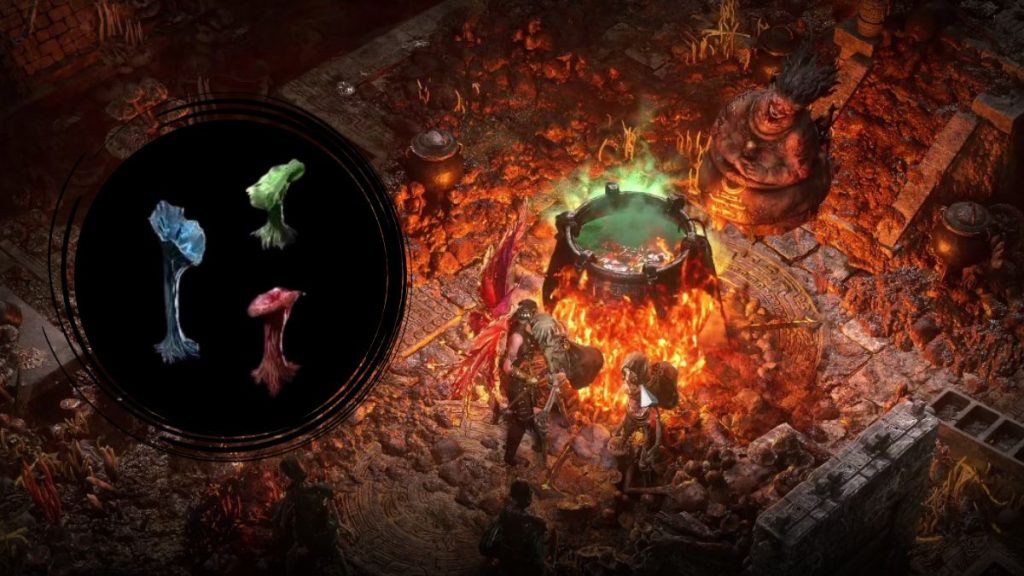Endgame Progression in poe 2: A New Vision for Longevity and Challenge
Path of Exile 2 is not just a sequel in name; it’s a bold reinvention of systems that have defined the ARPG genre for years. Among the most anticipated overhauls is the redesign of its endgame content. In Path of Exile, the Atlas of Worlds and its mapping system has long served as the cornerstone of endgame progression, offering endless variability and challenge. With PoE2, Grinding Gear Games is setting the stage for a new kind of endgame that balances structured progression with deep player agency and replayability.

While the developers have been somewhat secretive about the full scope of the new endgame, they’ve confirmed that it will not simply reuse the old Atlas mechanic. Instead, Path of Exile 2 introduces an entirely fresh system, one that aligns with the game’s broader goals of accessibility, customization, and thematic consistency. The concept revolves around a series of world zones or realms, each with distinct environments, enemies, and mechanics. Players will explore these areas through a system that evolves over time, offering both linear and branching paths based on choices made throughout the game.
This structure allows for a more narrative-driven experience without sacrificing randomness and loot potential. Each realm might feature bosses with unique mechanics, progression modifiers, and region-specific loot pools, encouraging players to explore multiple zones rather than farming a single optimized map type. The design also reduces reliance on trade, as players can target-farm specific rewards more effectively.
Challenge scaling is also being handled differently in PoE2’s endgame. Instead of relying heavily on modifiers stacked through crafting maps or using Sextants, the difficulty and rewards of encounters increase based on organic world progression. As players delve deeper into these realms, enemies gain new affixes, AI improvements, and environmental hazards, which result in dynamic and increasingly complex combat scenarios. Bosses are no longer just gear checks—they require real-time skill, movement, and understanding of mechanics.
Another exciting evolution is the potential for endgame co-op synergy. While PoE has always supported multiplayer, PoE2 is improving this experience by making instance scaling and party synergy more intuitive and rewarding. Players will be able to build teams around complementary damage types, support roles, or crowd control, making cooperative play more strategic rather than chaotic.
Rewards are also being tuned to feel more impactful. Unique items are tailored to endgame zones, and crafting materials scale better with content difficulty. Additionally, players can unlock powerful realm-specific upgrades or modifiers, allowing them to tailor their endgame experience—whether they prefer heavy combat, loot explosion zones, or intricate boss encounters.
Path of Exile 2 promises an endgame that doesn’t just extend gameplay but evolves with the player. By replacing the rigid Atlas with a more immersive, narrative-driven system, and enhancing difficulty scaling and reward logic, poe 2 items aims to offer an endgame that feels less like a grind and more like a journey. For veterans and newcomers alike, this new structure may very well redefine what it means to chase the true end of the game.